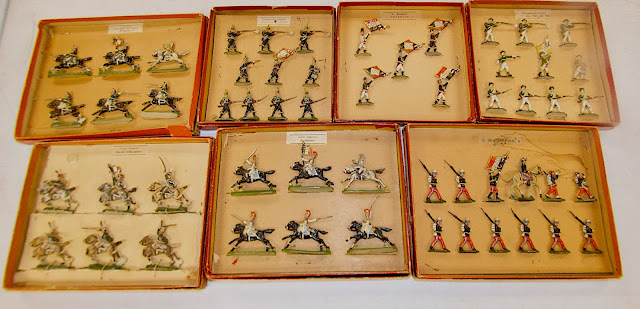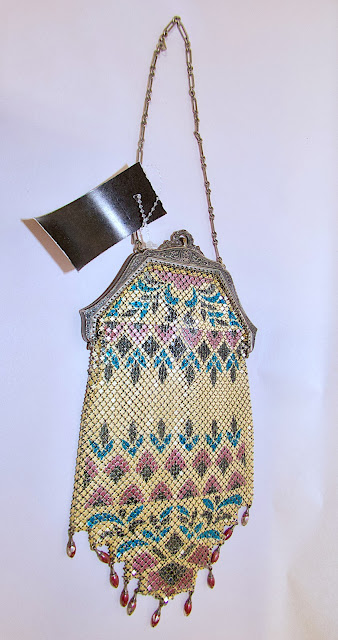Next-to-New is Austin's oldest consignment shop, founded in 1959 as an outreach ministry of St. David's Episcopal Church. We are the only nonprofit consignment store in Austin. Our profit goes to local charities and helps restore St. David’s Historic Church, an Austin icon on the National Register of historic places. Located at 5435 Burnet Road, our carefully curated and constantly changing inventory comes from donations, consignments, and estates.
Sunday, December 26, 2021
Veselé Vánoce!
Friday, December 17, 2021
Powerful Portrait
A note taped underneath carries some information, although it misspells Elizondo's first name and places his birth date at 1902.
Wednesday, December 8, 2021
A Treasure by a Living Treasure
Monday, November 22, 2021
Will You Walk Into My Parlor. . . .
Thursday, November 18, 2021
Extraordinary Umlauf
Sunday, November 14, 2021
March of the Toy Soldiers
Sunday, November 7, 2021
Lady Madonna
Hummel figurines carry a facsimile of her signature.
Thursday, October 28, 2021
Folksy
Sunday, October 24, 2021
Statuesque
Sunday, October 17, 2021
Vivat Regina!
The elaborate costume was clearly inspired by the famous 1592 portrait of "Good Queen Bess" by Flemish artist Marcus Gheeraerts the Younger.
The resemblance to the portrait, including the detailed jewelry, is remarkable.
This limited edition doll was issued in 2004 and appears never to have been removed from from her original display box.
Here Barbie appears as the Empress Josephine, the consort of Napoleon, in her coronation robes. The elaborate gold embroidery includes tiny gleaming bees. The golden bee was long associated with French royalty and Napoleon chose it to represent his status as emperor and as a symbol of his legitimacy as the ruler of France



















































